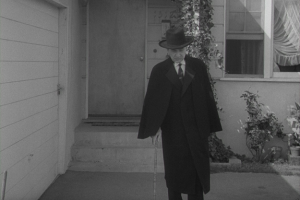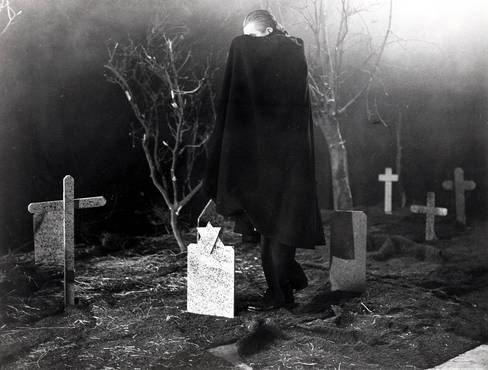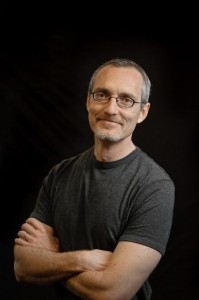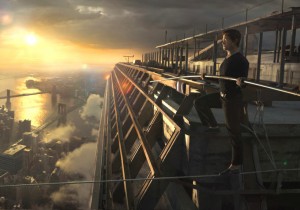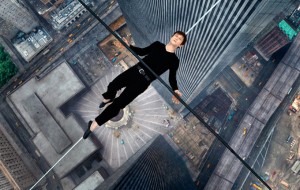Reposted from my Watching God blog on Patheos.
I have a soft spot in my heart (and possibly on the brain) for bad movies. If there’s anything I like more than a good movie, it’s an awful one. And this may be a good thing, given my line of work. While I believe Christian movies are getting better, and sometimes they’re even pretty good, some of them are … well, not.
But would it surprise you to learn that Plan 9 From Outer Space—considered by many to be the worst movie ever—is technically a piece of Christian cinema? No, really, it’s true. Hear me out.
For those unfamiliar with the glories of Plan 9, a quick recap (as near as I can remember): Aliens invade earth and begin raising folks from the dead to, I guess, frighten all of humanity so much that they’d stop making bombs. Here’s how the movie started:
Made by legendary anti-auteur Ed Wood in 1956 (but not released until 1959), this story of zombie-vampirism, space invasion and government conspiracy featured none other than the great Bela Lugosi as, of course, a zombie vampire.
Alas, he died early on in the movie, so Wood hired his wife’s chiropractor to fill in. Since the guy was several inches taller than Lugosi and looked nothing like him, the chiropractor (Tom Mason) spent his screen time stooping and covering his face with his cape. But really, that’s just a minor tic in Plan 9‘s shivering mass of terribleness. Given its cardboard gravestones, floating flying saucers and wonderfully weird dialogue, no wonder that it was dubbed in 1980 as “the worst movie ever made” by Michael and Harry Medved.
Who would’ve financed such a movie, you ask? Well, turns out, the Baptist Church of Beverly Hills. “Ed had convinced them that they should finance a film with the teenage appeal of the time,” writes Susan MacDonald in “The Dreamscapes of Edward D. Wood Jr.”, “and that this film would then generate the money needed to make twelve films about the apostles of Christ—which were the movies that the Baptist Church of Beverley Hills really wanted to make.” But before the church forked over the money, they insisted that the whole cast be baptized. So they were.
And according to Rob Craig’s book Ed Wood, Mad Genius: A Critical Study of the Films, two of the church’s leaders play gravediggers, uttering these immortal lines:
“Don’t like hearin’ noises—’specially where they ain’t supposed to be any!”
“Yeah! Sorta spooky-like!”
So there you have it: You can look at this little fact as proof that the church helped contribute something truly, utterly unique to the canon of American film … or that Christian movies have been bad for a long time.
